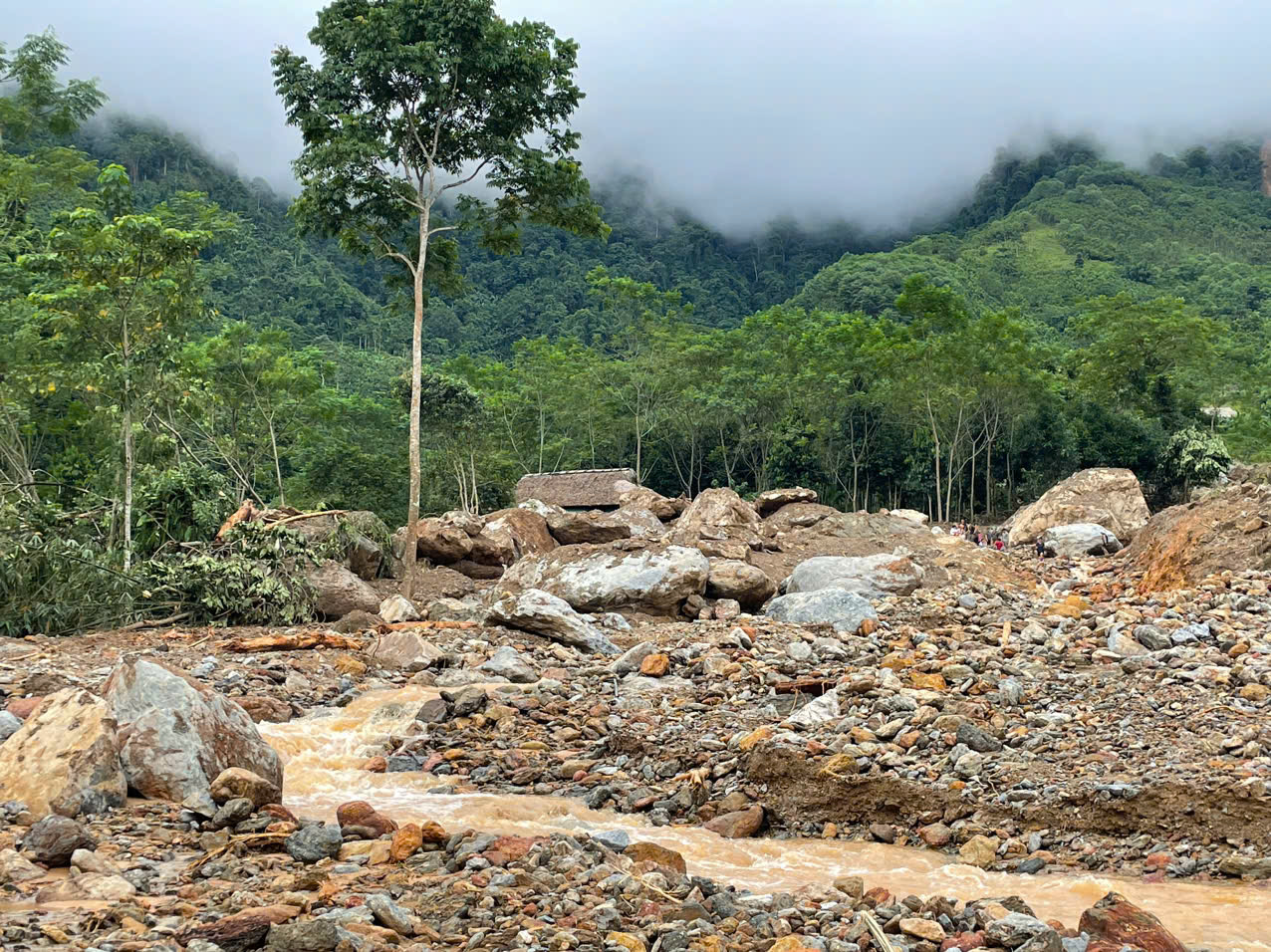History of CARE International’s work in Laos
CARE International first began working in Laos in 1954. In 1975, the country faced a civil war that many communities are still recovering from.
While achievements in economic growth and poverty reduction in Laos have been impressive in recent years, rural poverty remains a major challenge. Laos is one of the most ethnically diverse countries in Southeast Asia, with 49 officially recognized ethnic groups and hundreds of sub-groups. Many people who live in remote rural areas in Laos belong to diverse ethnic groups and, although complex, there is a strong link between poverty and ethnicity. Women in Laos ethnic communities can face especially high barriers to economic empowerment.
What CARE International does in Laos
CARE Laos’ demining program works alongside communities to safely remove the thousands of unexploded bombs left over from the civil war. This helps free up new areas for land and economic development.
We work closely with rural communities to support the construction of irrigation systems, providing training on efficient farming methods such as wetland rice cultivation, helping commercialize Laos wild tea, training volunteers in basic veterinary services, and increasing access to markets and government services.
CARE Laos also focuses on empowering marginalized women through developing policies and services to prevent gender-based violence and working with female garment workers to fight sexual harassment in the workplace.
Laos often faces small-scale natural disasters, especially floods, landslides, and droughts, which significantly impacts the country’s agriculture and economy. Some of CARE Laos’ work in the country focuses on helping communities become more resilient to disasters related to the climate emergency.











